I was wrong about Avengers: Age of Ultron.
Of all the 23 movies in the Marvel Cinematic Universe, I have always ranked it among their lesser efforts. Now, I didn’t hate the movie. And I wasn’t even as disappointed with it as many of my fellow critics. I just felt it was a little all over the place. While no doubt better than The Incredible Hulk and Thor: The Dark World, it nevertheless felt like a movie that was trying to do too much. (Which should come as no surprise given how much making the movie messed up Joss Whedon.)
I recently rewatched all the Marvel movies and it became apparent just how important Avengers: Age of Ultron is to the whole enterprise.
But let me start at the beginning.
That opening sequence, one glorious take of relentless action that culminates in this magnificent money shot of your mightiest heroes in mid-flight is, in a word, “artistic.” It is as Daedalian as anything Jack Kirby ever put on the page. The pace, the cinematography, the choreography in those first few minutes is simply astonishing. In fact, from the very moment you see those flipping panels of the Marvel logo, you realise that you’re already neck-deep in their world. By this point, you’re 11 movies in and there’s no time to waste.
How do you tell a story? One that has to stand on its own and yet be a part of something greater. One that has to be unique and yet be built upon everything that has come before. On 7 years of superhero cinema. On 52 years of comic book history. How do you cater to a fickle fanbase while, at the same time, serve a cinema going public growing tired of the same old same old, of that run-of-the-mill three-act summer blockbuster?
With humour. With action. With finesse. With a profound sense of self-awareness.
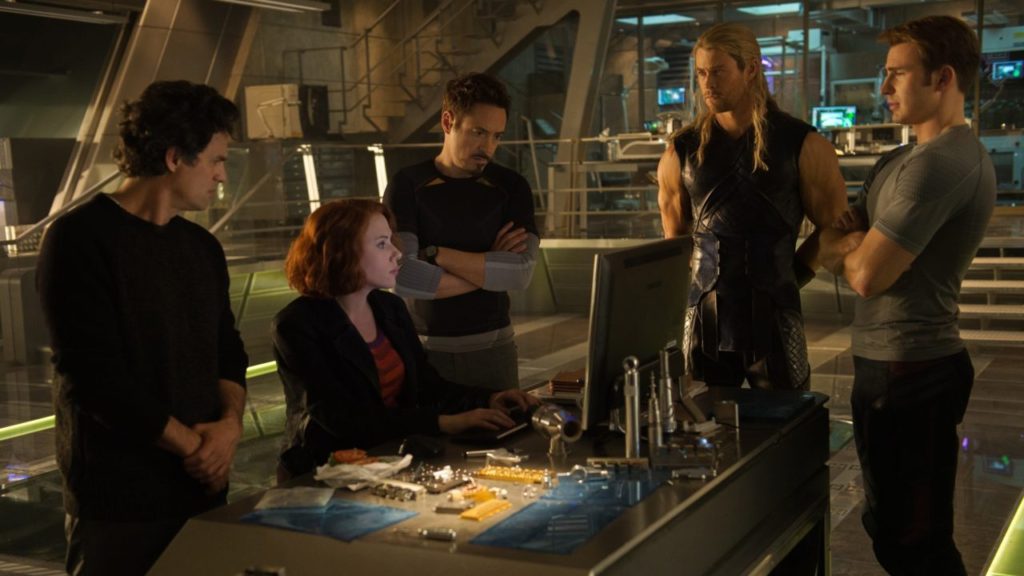
Avengers: Age of Ultron is the most self-aware movie in the Marvel Cinematic Universe. It knows exactly what it is and exactly what it needs to be. Where movies like Iron Man, Thor, Captain America, Ant Man, and Captain Marvel, serve to tell intimate tales that focus on developing character and sentiment, the Avengers tentpoles have always been sprawling splashes of colour and sound.
Joss Whedon is an artist. It is apparent in the precision with which he applies his brush and in the control he employs when crafting a scene. “Restraint” isn’t necessarily a word one would use to describe your typical summer blockbuster, but Avengers: Age of Ultron, for all of its bosh, bang, and boom, employs an incredible amount of restraint. It is, after all, a movie that needs to set up every other movie in the canon while, at the same time, striving to tell a story that’s worthy of itself. Even more so than the first Avengers.
Joss Whedon had an unenviable task. This is a movie that is, by its very nature, derivative. It is essentially a sequel, to a sequel, to a sequel, to a sequel. And the success or failure of a movie like this lies in the skill with which the director manages all of its moving parts.
And there are many, many moving parts. Make no mistake, this is a LOT of movie.
There’s Ultron, an artificial intelligence that’s trying to wipe out both The Avengers and all of humanity. There’s tension brewing between Iron Man and Captain America. There are problems on Asgard. Bruce Banner is brooding in a Bill Bixby sort of way. And Black Widow is forced to face her inner demons. There are brief romantic interludes. There are moments of filial affection. There are explosions. There are epic battles. And all of it remains rooted in a monomythic quest for truth and justice, for peace and love.
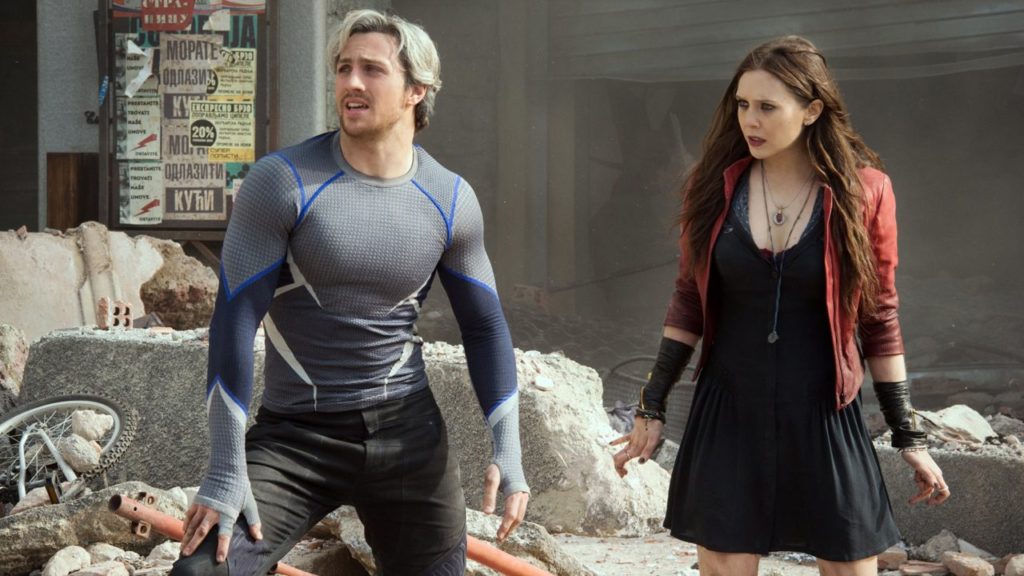
For us, there is already a familiarity with these characters and the people who play them. There is a genuine rapport between these individuals. One that translates into heartfelt affection on screen. And despite having played these same parts so many times, we never get a sense that any of them are dancing in a desultory fashion. Instead, what we have are roles that have been refined over time. What we see on screen is almost indistinguishable from the comic book archetypes we grew up with.
And the newcomers were no different. Elizabeth Olsen and Aaron Taylor-Johnson look like they’re having a lot of fun as Scarlet Witch and Quicksilver. James Spader chews the scenery as Ultron. He is an absolute delight. He isn’t even physically present on screen and still manages to exude more charisma than Henry Cavill’s Superman.
But what is particularly impressive about Joss Whedon’s effort is that he still manages to create a sense of dramatic tension throughout. It is difficult under the best of circumstances and almost impossible when dealing with characters who aren’t just immortal and invulnerable, but absolutely essential to the future of a franchise. But like the superhero comic, which shares similar narrative concerns, Whedon does suspense by creating conflict between his characters. (Which is quite the novelty in a creative space that believes the only way to generate drama is by killing someone off.)
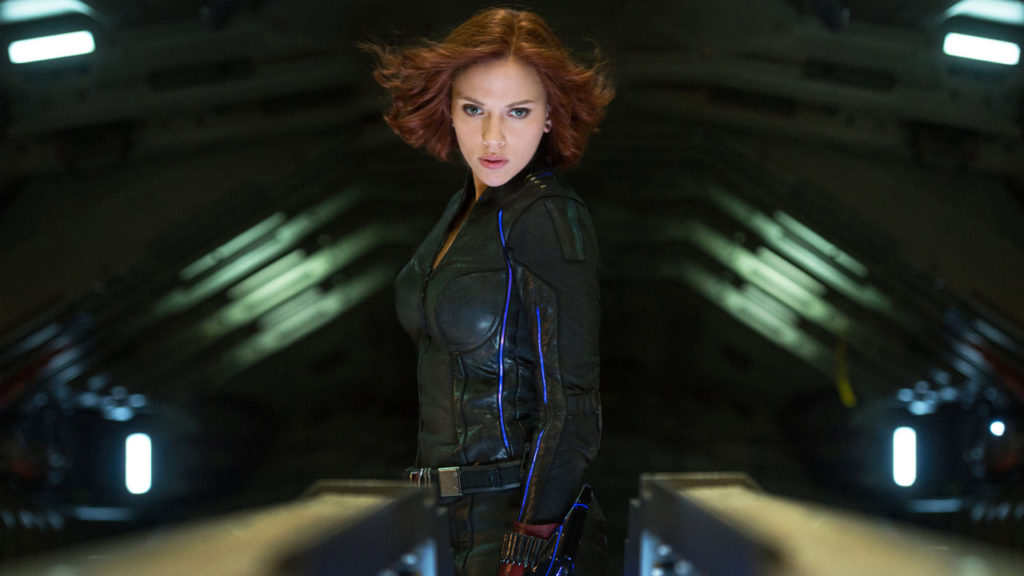
But above everything else, the most magnificent thing about Avengers: Age of Ultron is that it feels like a comic book. In that it feels infinite. Endless. Because there are many more stories left to tell, with these characters, in this world.
The sculptor David Smith once said: “To me apples are fruit. To Cézanne they were mountains.” Joss Whedon doesn’t aim to elevate the comic book to high art. He doesn’t make that kind of value judgement. He simply understands the subject matter. He loves the source material. He respects the art form. Comic books have a layered mythology. They are rich in character. They are full of joy. To Joss Whedon, comic books are mountains.
We often forget that what we are experiencing with these Marvel movies is unlike anything in the history of cinema. Serialised storytelling that spans characters and genres, that cuts across space and time, that somehow succeeds in tempering the ego and self-importance of Hollywood. Which is why it is almost impossible to consider these movies by themselves. All of them, for better or for worse, seem to serve a greater purpose. And what is synergy if not the creation of a whole that is far greater than the simple sum of its parts?


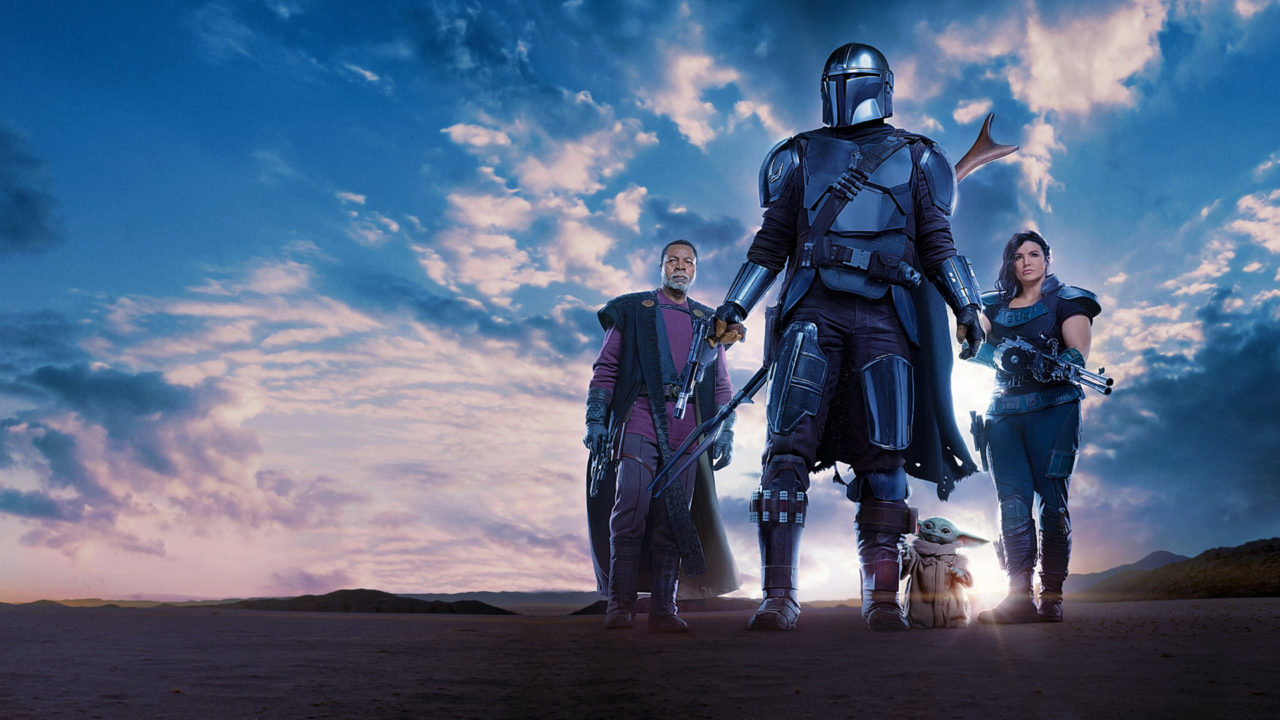
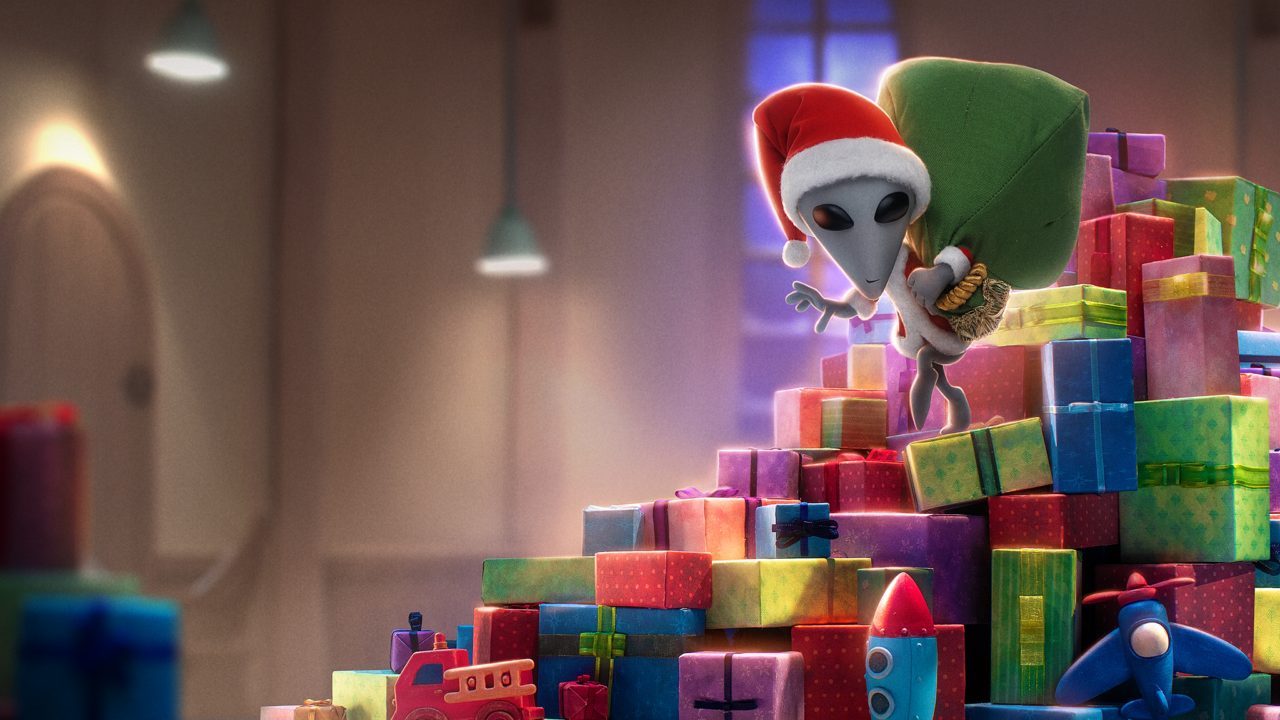

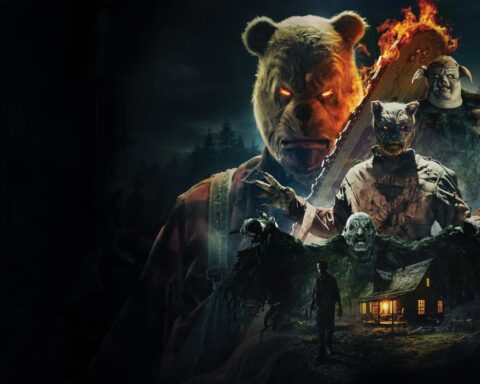
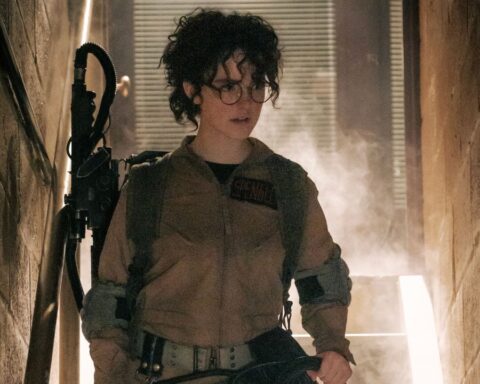
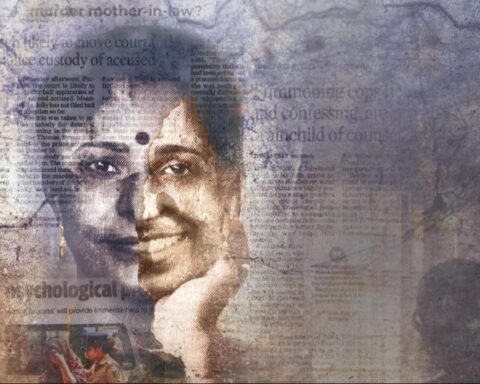
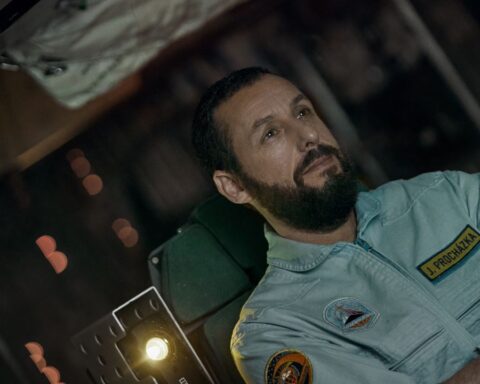
Follow Us